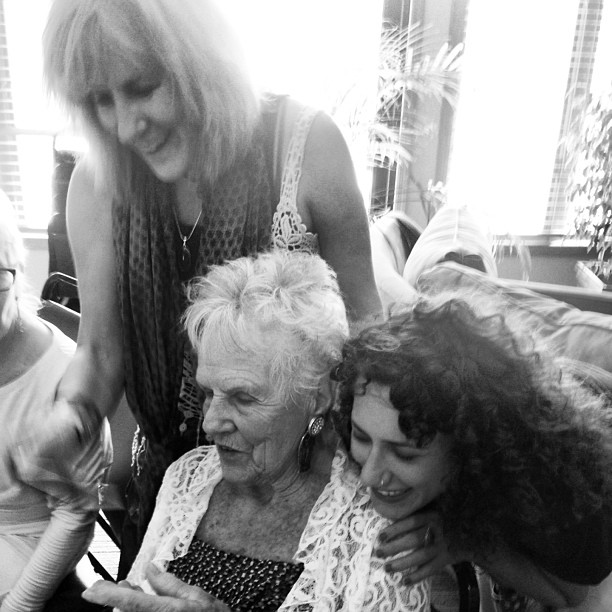Projects
I use human-centered design to develop public health strategies.
I design programs that promote healthcare access and community resilience.
Scroll down for some examples of my work.
Enhancing the Customer Experience for a Digital Maternal Health Startup
I helped Mahmee, a digital health platform, uncover the needs and preferences of their users. The platform serves maternal and child health practitioners (i.e. doulas, lactation consultants, pediatricians) as well as parents and parents-to-be.
I performed a series of in-depth interviews with existing customers to determine current challenges and future opportunities. I then designed and implemented digital tools to enhance the user experience, including specialized charting capabilities for practitioners, and a Help Center with 20 “how-to” videos that I wrote and recorded. Ultimately, I helped the platform launch into telemedicine and serve a broader spectrum of practitioners and patients.
A diagram I created with a customer during an in-depth interview.
The Electoral College is Making Us Sick: What Public Health Professionals Should Do About It
Innovating an Icon for a New Generation
As a Senior Design Researcher and Strategist for Pull Experience, I managed a very cool project: helping a lead American automaker redesign their classic icon.
My team conducted ethnographic interviews, co-creation sessions, and corporate innovation workshops across the country. Our mission was to decipher what the future of mobility meant for young drivers. We developed multi-layered strategic reports and recommendations, prototypes, and multi-media presentations.
This project included late-night brainstorms with an incredible team, and many visits to Michigan, where I grew accustomed to the phenomenal Middle Eastern food and the charms of Detroit.
Reducing Unnecessary C-Sections at Kaiser Permanente’s SoCal Hospitals
As the Maternal and Child Health Consultant for Kaiser Permanente’s Southern California region, I helped doctors and nurses better serve their women and children patient populations.
In my C-section prevention project, I oversaw 14 hospitals, each with unique factors contributing to their high C-section rates, from patient demographics to provider culture. I collaborated with hospital teams to analyze and dissect these factors. I customized, administered, and monitored strategic plans for each hospital to reach its prevention goal, keeping patient experience top-of-mind. Throughout this work, I helped the region get closer to its target rates and better aligned with the needs of birthing people.
Talking Circles on the Navajo Reservation
Improving Pediatric Medication Communication Methods
As the Maternal and Child Health Consultant for Kaiser Permanente’s Southern California region, I leveraged the power and creativity of interdisciplinary teams.
In the pediatric medication communication project, I strategized with nursing leaders and patient advisory councils to address the region’s sub-par patient satisfaction scores. We identified needs of pediatric patients and families and developed an "Ask 3, Teach 3" communication tool, along with a suite of print and digital educational materials.
Should we collaborate? Do you have an idea you’d like to share? A burning question? I’d love to hear from you.







